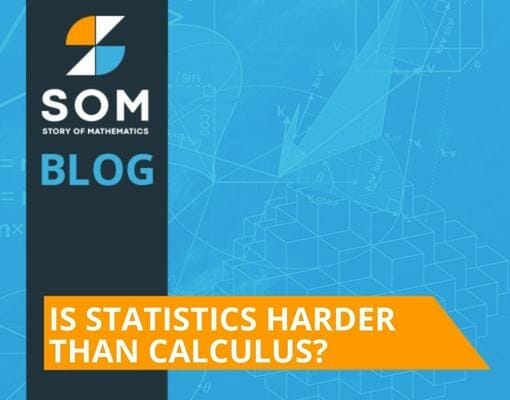This article aims to delve deep into this captivating aspect of the concept of ‘r P n’ – permutations of ‘n’ items taken ‘r’ at a time, offering a comprehensive understanding of how the mathematics of ‘r P n’ is a cornerstone in both theoretical analysis and practical applications. Definition of r P n In […]
Category Archives: Statistics
Sampling variability focuses on how well-dispersed a given set of data is. When dealing with real-world data or large-scale surveys, it is nearly impossible to manipulate the values one by one. This is when the concept of the sample set and sample mean enter – conclusions will depend on the measures returned by a sample […]
The shape of distribution helps us understand the spread and behavior of a given distribution. With visual representations such as the distribution’s shapes, we can easily represent important data components and help others understand how our data behave visually. The shape of distribution provides helpful insights about the distribution. This includes the distribution’s peaks, symmetry, […]
In this article, we delve into the definition, calculation, and interpretation of the variance of xy, highlighting its significance in statistical analysis, correlation studies, and predictive modeling. Defining Variance of XY The variance of the product of two variables, denoted as Var(xy), represents the measure of the variability or dispersion of the outcomes obtained by […]
At an advanced level, statistics is considered harder than calculus, but beginner-level statistics is much easier than beginner calculus. Frankly, it mostly depends upon the student’s interest as some students find it hard to comprehend statistics while others find it hard to understand calculus. In this article, we will make a case for both statistics […]






